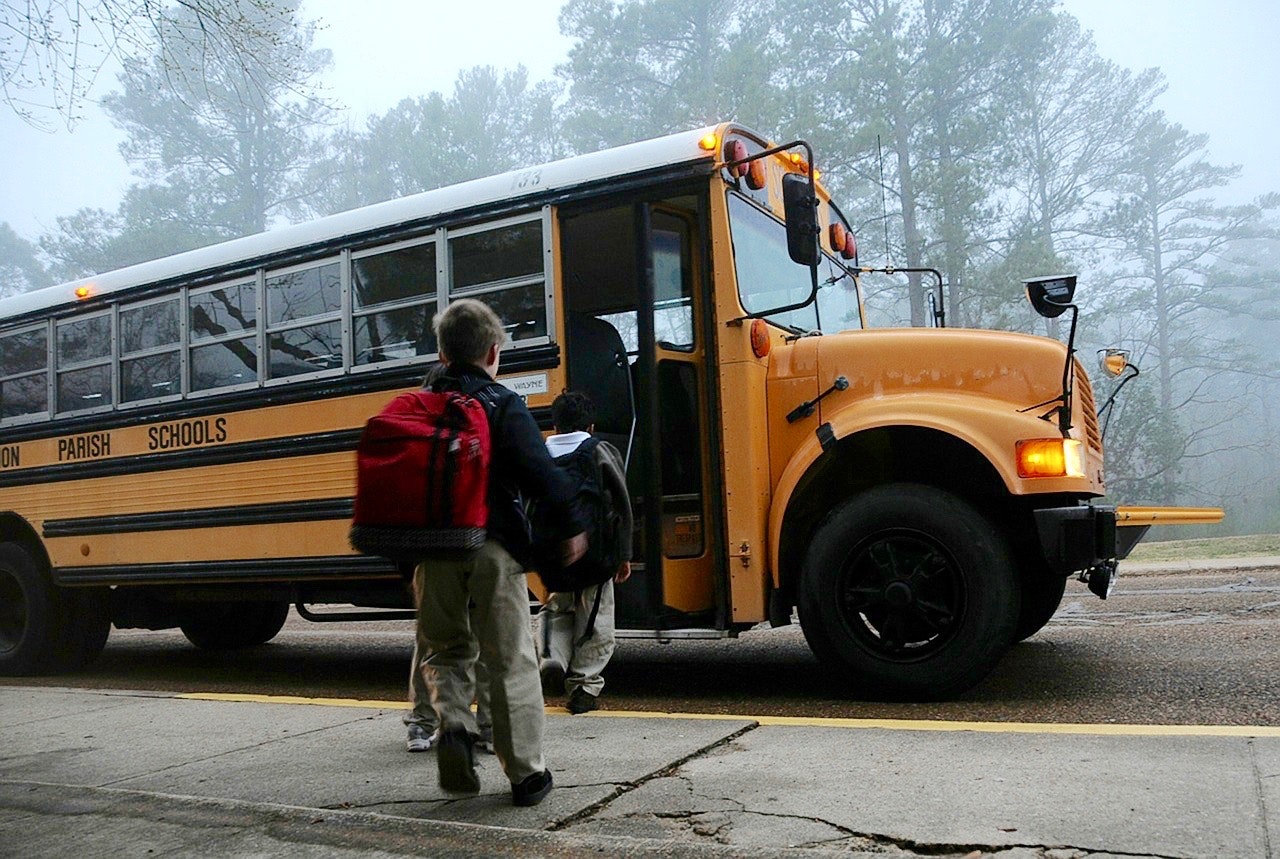
Jun 05, 2018
Rural America faces a growing gap in education and career opportunities with the rest of the U.S. As school districts and colleges work to close the gap, the tutoring industry has a potential role to play as well.
In 2015, 51 percent of Americans living in rural areas lacked any college education, compared to 39 percent in urban areas.
While progress has been made in recent decades, the persisting divide between rural and urban education puts a spotlight on deeper issues of economic inequality, the availability of more sophisticated jobs, and school funding.
Collectively, rural schools comprise half of all U.S. public schools, enrolling 12 million students – or a quarter of the total U.S. public school population. And while a recent study found rural schools are producing better educated students, “older, male and minority” students remained behind their urban counterparts.
Why the disparities in educational outcomes?
Largely because of educational opportunities – and other factors outside of school. A major factor is the funding decrease in American public education: over the past decade alone, 36 states have decreased their spending on education. Likewise, a drop in education spending has been linked to a drop in academic performance.
And there’s the different economic realities in rural and urban America, too: 33 percent of rural Americans believe their children will have a lower quality of life than they enjoyed.
Another reason remains the college attendance gap: 29 percent of rural Americans aged 18 – 24 are enrolled in college, compared to 46 percent of the same age bracket in America’s cities. What’s more, in 467 counties where at least 20 percent of the population lacks a high school diploma, 80 percent of those counties are rural. The resulting culture shock leads to fewer rural students going to or staying in college, especially first-generation college students.
What can tutors do?
To overcome the college enrollment gap, organizations like the Kentucky Valley Educational Cooperative are connecting rural high schoolers to college students. The program, says founder Jeffrey Hawkins, enables younger students and their mentors to “strike up a relationship that could extend online and they begin to create a future support group for when they get to college.”
Tutors are another untapped resource. While federal and state education planners resolve how to boost rural America’s schools, the Every Student Succeeds Act of 2015 enables states to invest funds into tutoring programs to support struggling students. Private tutors can also find ways to contribute to rural communities in ways that reduce the financial pressure on parents to employ their much-needed services.
Additionally, private tutors have the opportunity to guide first-generation college students through the unique issues they face, such as adjusting to college life and expectations.
A global solution
It’s going to take more than one solution to fix rural America’s gap in education and opportunities. But acknowledging the problems – and how to address them through a mix of school programs and funding and alternatives like tutoring – are early steps in ensuring every student does succeed.
